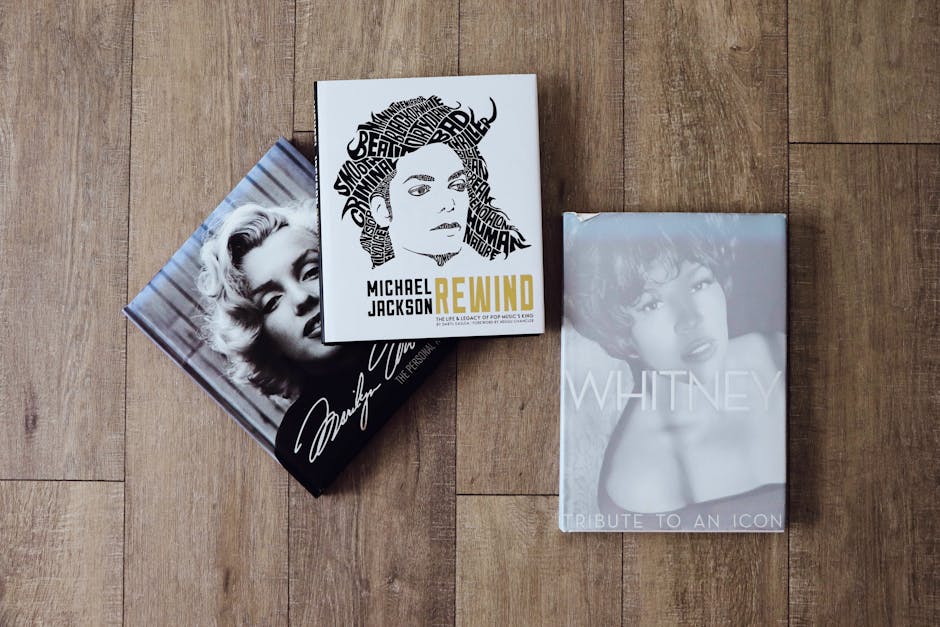What is a Tribute Album? A Deep Dive into the Art of Musical Homage
What is a Tribute Album? A Deep Dive into the Art of Musical Homage
Tribute albums. The very term conjures images of familiar melodies, reimagined soundscapes, and a deep-seated respect for musical legends. But what exactly is a tribute album? It’s more than just a collection of cover songs; it’s a complex artistic endeavor that blends homage, interpretation, and innovation. This comprehensive guide delves into the world of tribute albums, exploring their history, significance, artistic approaches, and lasting impact on the music industry.
A Brief History of the Tribute Album
While the concept of covering songs is ancient, the formalized tribute album as we know it emerged in the latter half of the 20th century. Early examples often lacked the cohesive artistic vision of later projects, sometimes feeling more like random compilations than curated works. However, these early attempts laid the groundwork for the genre’s evolution.
The rise of punk and new wave in the 1970s and 80s saw a surge in tribute albums, often showcasing bands reinterpreting classic rock anthems. This era demonstrated the potential of tribute albums to introduce established artists to new audiences, while simultaneously providing a platform for emerging artists to showcase their talents.
The 1990s and beyond witnessed a refinement in the approach to tribute albums. Artists began to curate more focused and thematically unified collections, often dedicated to specific artists or eras. This led to more critically acclaimed and commercially successful releases, solidifying the tribute album’s position as a legitimate and respected musical format.
The Artistic Significance of Tribute Albums
Tribute albums serve several crucial artistic functions. They are, first and foremost, expressions of profound admiration and respect for the original artists. They provide a platform for artists to acknowledge their musical influences and share their personal connections with the legacy of those who came before them.
Furthermore, tribute albums offer opportunities for creative reinterpretation. Artists are challenged to find innovative ways to breathe new life into familiar songs, demonstrating their own musical prowess while staying true to the essence of the original works. This process can lead to unexpected and exciting musical discoveries, highlighting the enduring power and versatility of the original compositions.
The very act of covering a song requires a deep understanding of the original’s structure, harmonies, and emotional core. Successful tribute albums often demonstrate a profound respect for the original artist’s artistic vision, while simultaneously showcasing the unique style and perspective of the performers.
Different Approaches to Tribute Albums
The approach to creating a tribute album can vary significantly. Some albums maintain a high degree of fidelity to the originals, striving for accurate recreations. Others embrace a more radical reimagining, experimenting with different genres, instrumentation, and arrangements.
Faithful Interpretations:
These albums prioritize accuracy and respect for the original recordings. The goal is to capture the spirit of the original while showcasing the performer’s technical skills and musicality. These albums are often appreciated by purists and fans who value staying true to the source material.

Genre-Bending Reinterpretations:
These albums take a more experimental approach, blending the original songs with different genres. A rock song might be transformed into a jazz ballad, a country tune might be given a punk rock makeover, or a folk song reimagined as an electronica track. This approach often yields unexpected results and reveals new facets of the original compositions.
Conceptual Tribute Albums:
These albums often adopt a unifying theme or concept beyond simply covering songs by a single artist. They might focus on a specific era, a particular musical style, or a recurring lyrical theme. This approach allows for a more cohesive and intellectually stimulating listening experience.
The Commercial and Cultural Impact of Tribute Albums
Tribute albums have had a significant impact on the commercial and cultural landscape of the music industry. They’ve served as a crucial vehicle for introducing established artists to new audiences, providing a gateway for fans to discover lesser-known works or explore different facets of their favorite artists’ discographies.

For newer artists, tribute albums offer a platform to gain exposure and build their careers. The opportunity to reinterpret the work of iconic musicians provides valuable experience and can elevate their profiles within the music community.
Culturally, tribute albums reflect the evolving tastes and preferences of music fans. The choice of artists featured, the stylistic interpretations chosen, and even the packaging and marketing strategies all contribute to a broader understanding of the cultural context of music and its ongoing influence.
Examples of Notable Tribute Albums
The history of tribute albums is filled with iconic examples. The Stone Roses: Forever…, with its contributions from numerous notable musicians, exemplifies a high-quality tribute to a landmark band. Many Beatles tribute albums showcase the enduring appeal of the Fab Four’s music, interpreted through various lenses. Tribute albums dedicated to artists like Bob Dylan, Jimi Hendrix, and David Bowie demonstrate the versatility and longevity of these musicians’ work.

The success of a tribute album often depends on a balance between respect for the original artist and creative innovation. It’s a delicate act, a testament to the enduring power of music to inspire, challenge, and connect across generations.
The Future of Tribute Albums
The future of tribute albums is likely to be shaped by evolving technology and shifting musical trends. We can expect to see an increase in digitally-released tribute albums, potentially featuring collaborations between artists from across the globe. The rise of independent artists and streaming platforms has also opened up new avenues for tribute album creation and distribution.
As music continues to evolve, so too will the approaches to creating tribute albums. The fundamental principle – paying homage to musical icons and offering fresh perspectives on timeless classics – will likely remain a constant, guaranteeing the ongoing legacy of this unique and fascinating musical genre.
Conclusion: More Than Just Cover Songs
Tribute albums are far more than simple collections of cover songs. They are complex artistic expressions, demonstrating respect, innovation, and a deep appreciation for the artists being honored. Their history reflects the ongoing evolution of music, culture, and artistic expression. From faithful interpretations to genre-bending reimaginings, tribute albums provide a fascinating insight into the enduring power of music and the ongoing conversation between artists and their audiences. They are, ultimately, a testament to the lasting influence of musical legends and the ever-evolving art of musical homage.





